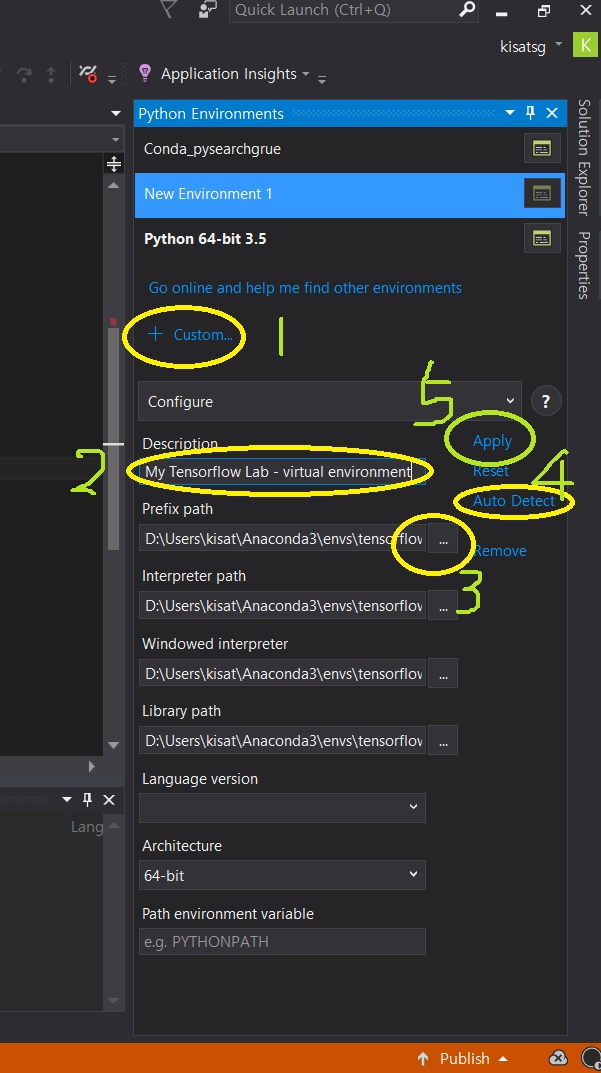

Copy the following required samples from the cluster to the host. Later on, additional packages need to be added to base.yml. Choose one of the following options: Create a conda environment from your own YAML files. The actual environment is created with: conda env create -f base.yml. and Ive cd in the folder with yaml file in it and run: conda env create -n model-env -file conda. conda env create -n spa -file environment.yml Share.
ANACONDA CREATE ENVIRONMENT FROM YAML FILE MANUAL
The process seems to work but it's quite manual and prone to mistakes. name: myenv channels: - conda-forge dependencies: - django1.10.5 - pip: - django-crispy-forms1.6.1. Im trying to Create New conda environment by Anaconda Prompt usnig yml File in Windows 10. Here it is the result: # pyproject.tomlīuild-backend = ""Ĭreate the environment with poetry init, which will automatically read the toml file.


I added the numpy version, which I got from conda env export. Manually create the pyproject.toml file out of environment.yaml. Name: C:\Users\EDOCIC\Screepts\My_projects\Tests\conda2poetry\condaenv Here it is how the file looks like after installing numpy. The -from-history flag includes only the packages that I explicitly asked for. You can also share the YAML file with your team, so everyone’s on the same track. You can use Anaconda to export a Python virtual environment to a YAML file you can then reuse in different projects. Here you have the steps:Ĭonda env export -from-history > environment.yaml Setting up virtual environments from scratch every time is a tedious and time-consuming process. What I have tried is to translate the environment.yaml of the conda environment into a pyproject.toml file that poetry can read. I have a conda environment that I would like to convert to a poetry environment.


 0 kommentar(er)
0 kommentar(er)
